When you think of elegant dinnerware, what comes to mind? For many, the answer is porcelain. But what is porcelain, and what makes it so special? At Long Phuong Porcelain, we’re passionate about this remarkable material. In this blog post, we’ll dive deep into the world of porcelain, exploring its history, composition, and why it has remained a favorite for centuries. We will also address a common question: what is the porcelain difference between it and other materials like ceramic?

1. What is porcelain? The long history of porcelain
So, what is porcelain exactly? In simple terms, porcelain is a white, hard, and translucent ceramic material made from clay, kaolin, feldspar, and quartz. It’s often called “fine china” because of its origins in ancient China, where it was first developed over 2,000 years ago.

The history of porcelain is a fascinating story of craftsmanship and culture. For centuries, Chinese artisans guarded the secret of what is porcelain made of, keeping its recipe hidden from the rest of the world. When porcelain pieces reached Europe, royalty and aristocrats prized them as treasures. This long journey from East to West highlights not only the value of porcelain but also its timeless beauty.
2. What is porcelain made of?
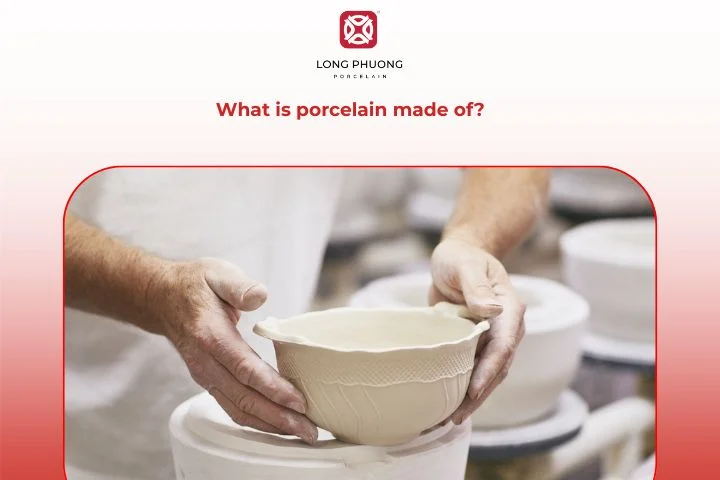
To understand what is the porcelain material truly is, we need to look at its ingredients. What is porcelain made of? The primary components are:
- Kaolin: This is a type of white clay that gives porcelain its characteristic whiteness. It’s also known as “China clay.”
- Feldspar: This mineral acts as a flux, helping the material fuse together during the firing process.
- Quartz: A mineral that provides strength and hardness to the final product.
These raw materials are mixed with water to form a workable clay. The clay is then shaped, dried, and fired at extremely high temperatures—typically between 1,200°C and 1,400°C (2,200°F and 2,550°F). This intense heat causes the material to vitrify, meaning it becomes glassy, non-porous, and incredibly strong.
3. What’s the difference between ceramic and porcelain?
It’s easy to confuse porcelain with ceramic since both come from clay and are shaped through firing. However, what is the porcelain difference compared to ceramic is very clear when you look at durability, porosity, and appearance.
Here’s a side-by-side comparison to help you understand better:
| Feature | Porcelain | Ceramic |
| Raw materials | Made from refined kaolin clay, feldspar, and quartz | Made from natural clay mixed with water |
| Firing temperature | Higher (1,200–1,400°C) | Lower (800–1,000°C) |
| Durability | Highly durable, chip- and crack-resistant | Less strong, more prone to chipping |
| Porosity | Non-porous, resists water and stains | More porous, absorbs liquids easily |
| Appearance | Smooth, thinner, sometimes translucent when held to light | More rustic, thicker, often opaque |
| Weight | Lighter but stronger | Heavier and bulkier |
| Food safety | Naturally food-safe thanks to its vitrified surface | Needs glazing to prevent absorption |
| Cost | More expensive due to materials and production process | Usually cheaper |
| Common uses | Premium dinnerware, fine tiles, decorative art | Everyday dishes, tiles, pottery |
4. The benefits of porcelain
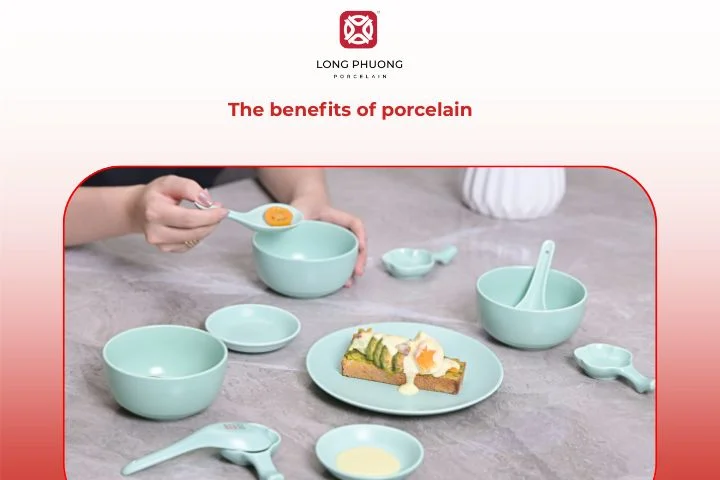
Choosing porcelain for your home or business comes with numerous advantages.
4.1. Heat resistance and long lifespan.
Thanks to its high-temperature firing, porcelain is incredibly resistant to heat. It can withstand high temperatures without cracking, making it perfect for ovens and microwaves. This durability also contributes to its long lifespan, ensuring your pieces last for years.
4.2. Non-porous surface for food safety.
The non-porous nature of porcelain is a key benefit. It prevents bacteria and germs from seeping into the material, making it a safe and hygienic choice for food contact. It also means you won’t have to worry about stubborn stains from sauces or colored foods.
4.3. Aesthetic appeal and elegant designs.
Porcelain is celebrated for its clean, elegant look. Its pure white base serves as a perfect canvas for intricate designs, delicate patterns, and a glossy finish. It adds a touch of sophistication to any dining table or kitchen. The aesthetic charm also reinforces why people often ask what is porcelain and why it is associated with elegance.
4.4. Easy to clean and maintain.
Because porcelain is non-porous and has a smooth surface, it’s remarkably easy to clean. A simple wash with soap and water is all it takes to keep your dishes looking brand new.
5. Why is porcelain expensive?
While the price can be higher than other materials, there’s a reason for it. The cost of porcelain reflects its quality and the effort that goes into its creation.
5.1. Premium raw materials

The kaolin clay and minerals required to make porcelain are rarer and more refined than ordinary clay.
5.2. Complex production process and high firing temperatures.
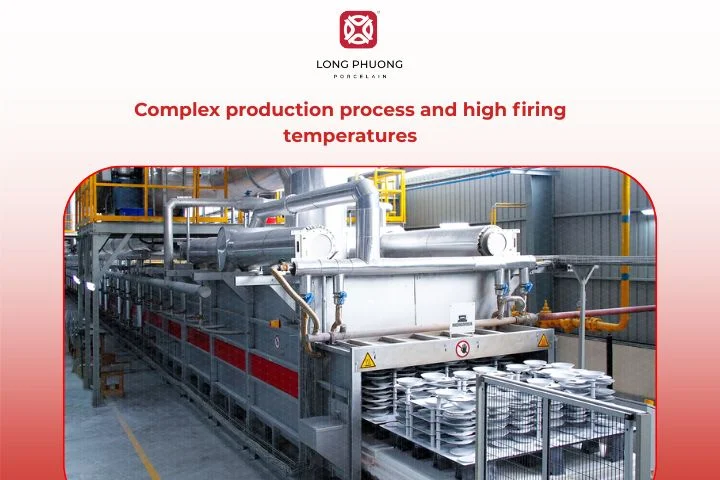
Porcelain undergoes multiple production stages, from shaping to glazing and firing at intense heat. This process requires more energy and precision.
5.3. Skilled craftsmanship required.
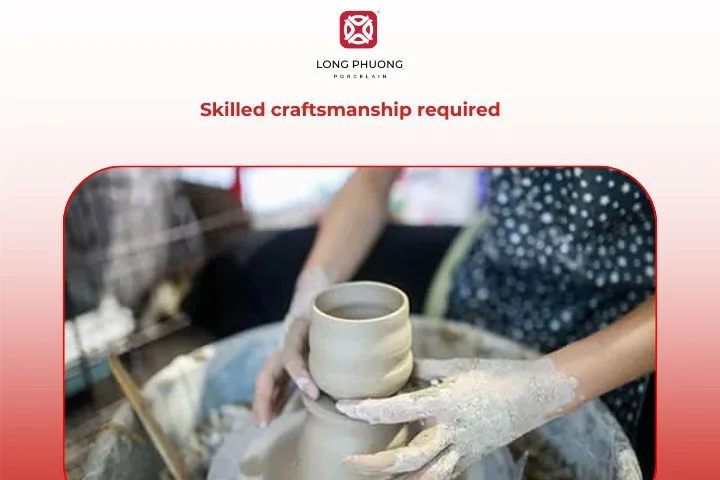
Shaping porcelain is not easy. Each piece demands expert hands to achieve the perfect balance of thinness, strength, and symmetry.
5.4. Longevity compared to other materials.

While porcelain may cost more upfront, its durability makes it more economical in the long run, as it rarely needs replacing. This durability is another reminder of what is porcelain advantage over other common materials.
5.5. Artistic and cultural value.
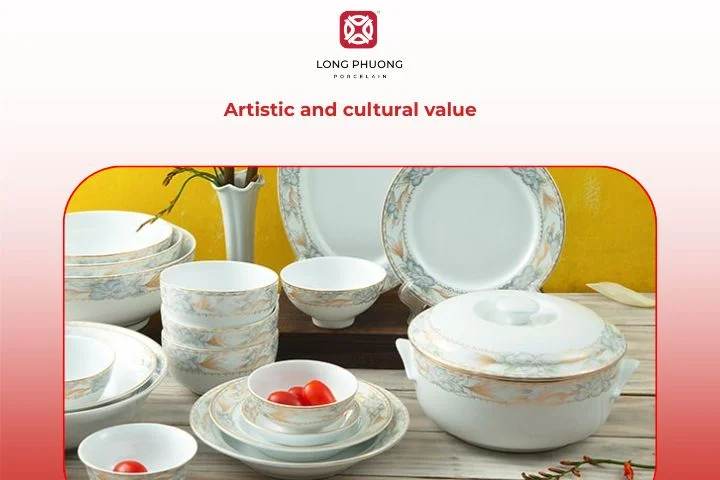
Porcelain is not only functional but also artistic. Collectors often value porcelain items as cultural treasures passed down across generations.
6. FAQ

6.1. What is porcelain used for?
Porcelain is used for a wide range of products, including dinnerware (plates, bowls, cups), decorative items (vases, figurines), and even electrical insulators and dental crowns.
6.2. What’s the difference between porcelain vs bone china?
Bone china is a type of porcelain. The key difference is that bone china contains bone ash (typically from cattle), which gives it a unique translucency and a creamy white color. It is known for being lighter and more delicate-looking than traditional porcelain but is also very strong.
6.3. Is porcelain clay or glass?
So, if you are wondering what is porcelain really – clay or glass – the answer is a refined mix of both. While it starts as a clay, the high firing temperature causes it to vitrify, turning it into a glass-like, non-porous material.
6.4. What is so special about porcelain?
Porcelain’s special qualities lie in its unique combination of strength, elegance, and durability. Its non-porous nature makes it hygienic, while its beautiful appearance makes it a timeless choice for fine dining and home decors.
7. Why should you choose Long Phuong Porcelain?

At Long Phuong Porcelain, we are committed to upholding the rich tradition of this magnificent material. Here’s why it stands out:
- Premium raw materials: Only high-quality kaolin clay and minerals are used.
- Food safety guaranteed: Non-toxic, lead-free glazes ensure safe dining.
- Elegant designs: From everyday tableware to special collections, Long Phuong offers styles that fit both modern and traditional homes.
- Durability: Products are fired at high temperatures to ensure resistance against chips, cracks, and stains.
- Trusted brand: Long Phuong is a reliable name in both households and restaurants across Vietnam and beyond.
By choosing Long Phuong, you invest in porcelain that blends functionality with timeless elegance.
8. Conclusion
So, what is porcelain? It is a fine, durable ceramic made from kaolin, quartz, and feldspar, fired at extremely high temperatures. Its long history, non-porous surface, and elegant designs make it one of the most admired materials in the world.
Whether for daily meals or special occasions, porcelain continues to stand out for its durability and beauty. If you want porcelain products that combine artistry, safety, and long-lasting value, Long Phuong Porcelain is a trusted choice for every household. Understanding what is porcelain made of and why it stands out helps you appreciate the craftsmanship behind every Long Phuong product.
Long Phuong Group Joint Stock Company
- Phone number: (+84) 989 595 866
- Email: export@longphuong.vn
- Factory: Hap Linh Industrial Cluster, Hap Linh, Bac Ninh, Vietnam
- Showroom Ha Noi: 59 Cua Bac, Ba Dinh Ward, Hanoi, Vietnam
- Showroom Ha Noi: 37 Cua Nam, Cua Nam Ward, Hanoi, Vietnam
- Showroom TP. Ho Chi Minh: 127 Le Thi Rieng, Ben Thanh Ward, Ho Chi Minh, Vietnam
CEO of Long Phuong Group Joint Stock Company, with more than 20 years of exploration and research to obtain the best formulas and professional experience, Long Phuong Porcelain has produced more than 400 designs of all kinds of household porcelain, Significant contributions to Vietnam's ceramic industry.
 Vietnam
Vietnam
